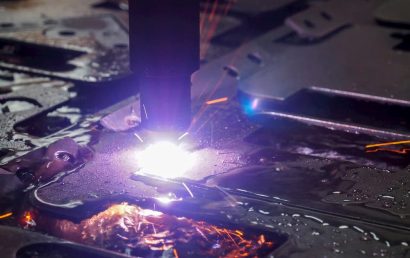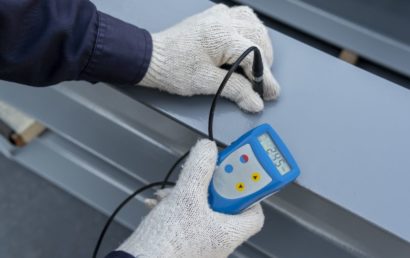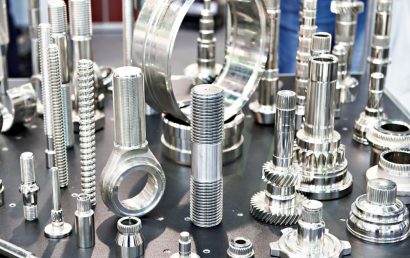Metallizing Offers Steel Structures Reliable Corrosion Protection
All over the world, people rely steadfastly on steel bridges. Long-term, their structural integrity must be preserved. In order to do this, they need suitable corrosion protection. They are, after all, subjected to some of the harshest environmental conditions in existence – particularly those over saltwater. One solution is metallizing steel structures.
To guard against the corrosion of steel components, several methods are typically turned to. These include the following:
- Protection with a coating
- From a corrosion resistant alloy, fabrication (weathering steel)
- Both methods in combination
Galvanizing and painting are commonly put to good use as types of protective coatings. Becoming more and more popular, however, is another type of corrosion resistance coating referred to as metallizing.
What Is Metallizing?
Onto the surface that needs protection, at a high speed, molten metal is sprayed during this anti-corrosion treatment. Frequently, the molten metal can be almost 100% pure zinc. Upon contact with the surface, it instantly solidifies. Through the means of sacrificial action and insulation, this coating protects the steel. Thanks to this electrochemical process, zinc (the less noble metal) sacrifices itself for the steel. That means that the zinc corrodes before the steel does.
Galvanizing, on the other hand, is a somewhat different process. Here, the steel substrate and the zinc metallurgically bond. The zinc actually becomes a part of the steel. To treat secondary bridge elements (guardrails, bracing, etc.) this proportionately limited method may be used. But, because there is no limit to the size of the structure that can be protected through metallizing, numerous uses are frequently found for the process.
Bolted Connections Need Slip Resistance
In addition to making a structure such as steel bridges sounder, coatings used can do more than provide an anti-corrosive finish. Slip critical bolted connections are used in the construction of bridges in the United States, Canada, and other locations around the world. Design specifications in some cases put forth requirements that can be met through the use of slip resistant treatments/coatings.
As an example, if they are subjected to vibrations, impacts, or load reversals, bolted connections must be slip-critical. This also applies if, while at service load levels, slippage could be prejudicial to the bridge (or other structural entity). If you think about it, this makes perfect sense. It would certainly never do for the connections that hold the bridges we drive on together to be subject to slippage where bolted sections come together.
Assuring Structural Soundness
Two operations are involved in the qualifying of slip resistant coatings. To evaluate the mean slip coefficient, short-term slippage testing is first performed. To make sure that the coating doesn’t experience creep deformation to a significant degree, carried out next is a long-term tension creep test – provided the previous results are satisfactory.
Both long-term and short-term slippage testing was performed using metallizing. Though long-term testing is still being done, short-term tests have conclusively shown that, through metallizing, better anti-slip properties are realized.
In addition to added protection of steel faying surfaces, fabrication costs could be reduced if faying services no longer need to be masked. Clearly, metallizing – the more it is studied and tested – continues to increase in usage and practicality.
Count on A&A Coatings For Metallizing and More
Contact us today if you would like more information about how A&A Coatings can be of assistance with metallizing or other protective coatings and techniques. Rest assured, someone in your industry is already putting to good use our thermal sprayed coatings. Find out how you can improve your bottom line and extend the life of machinery, components, services, etc. with the right coating.



